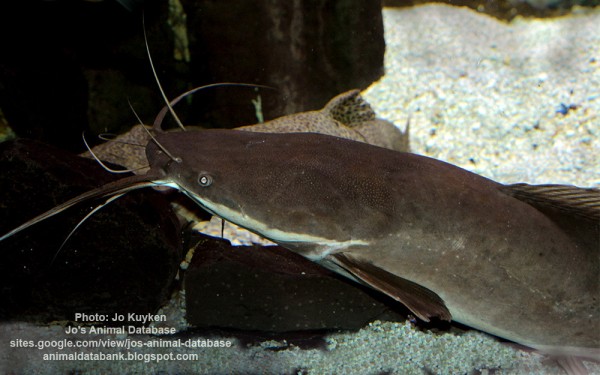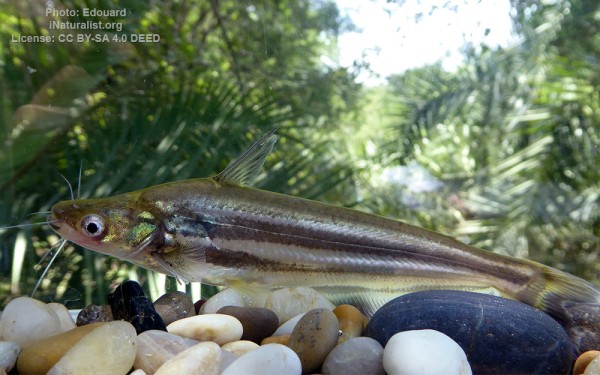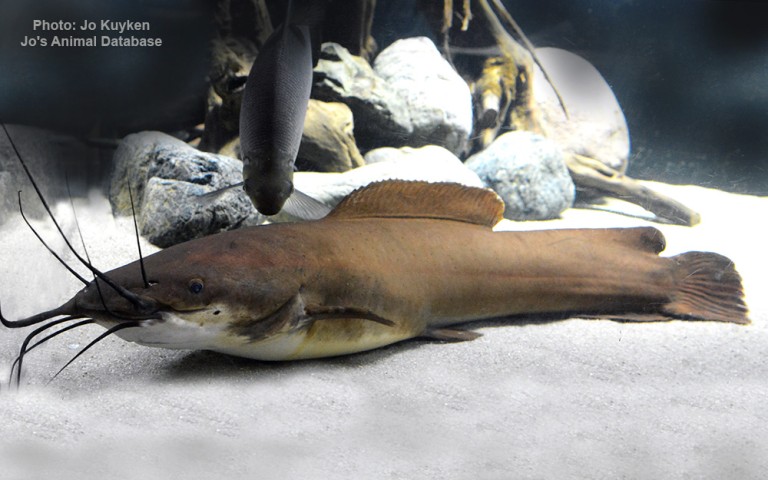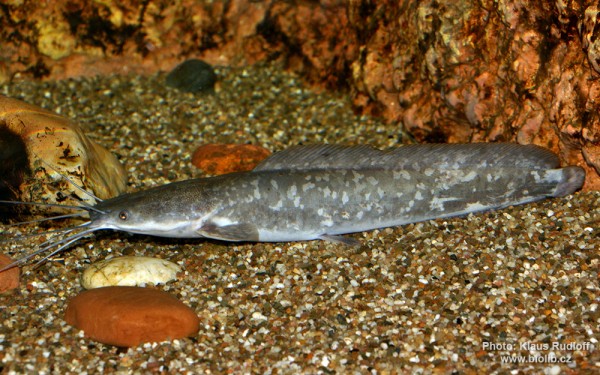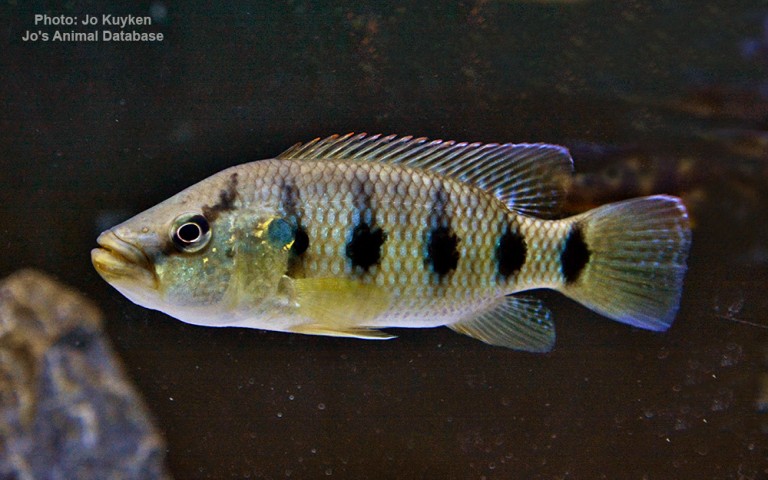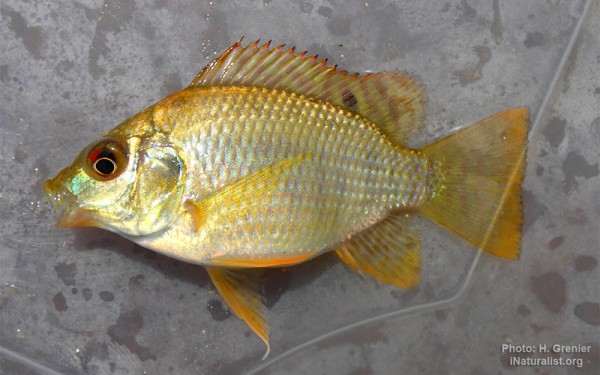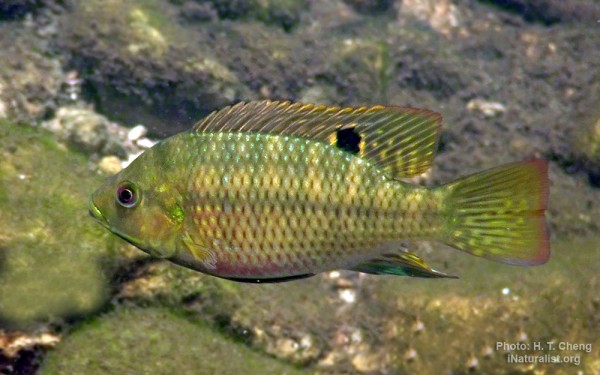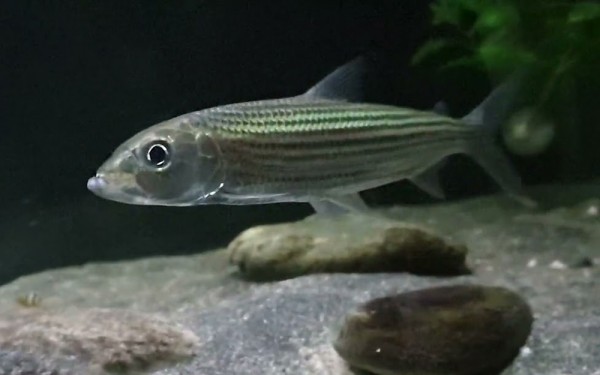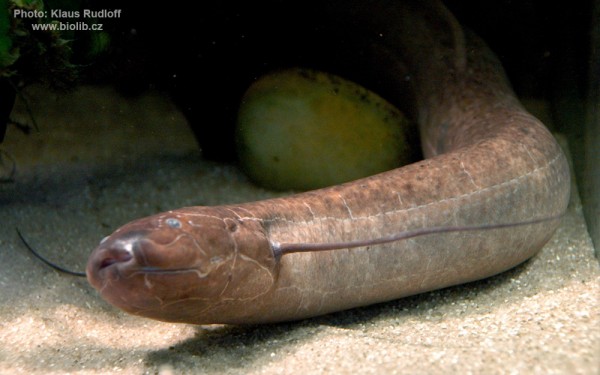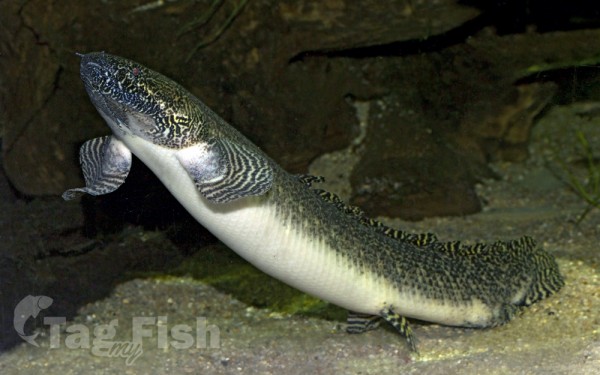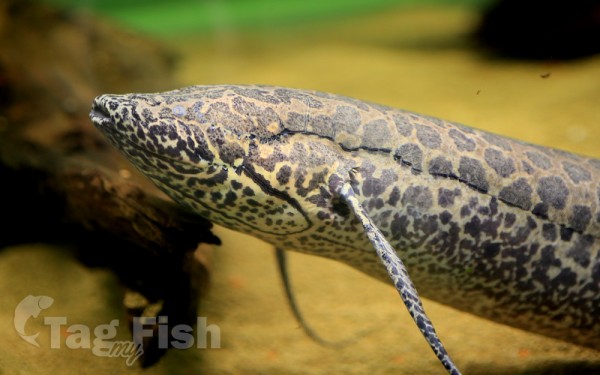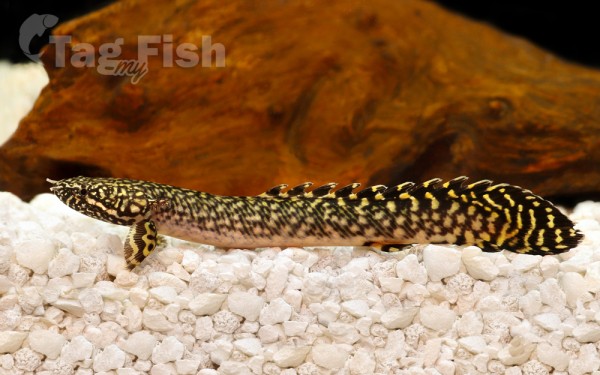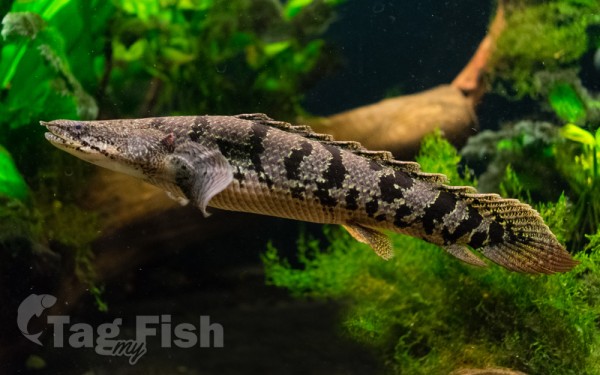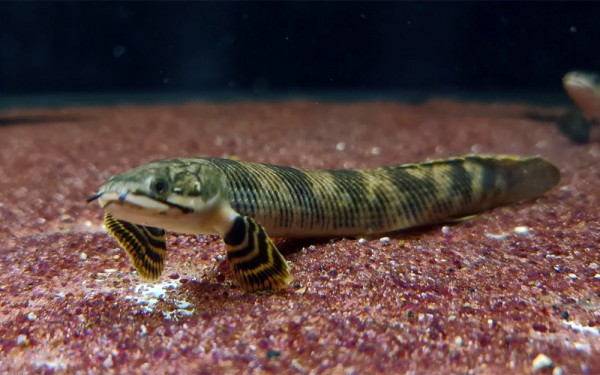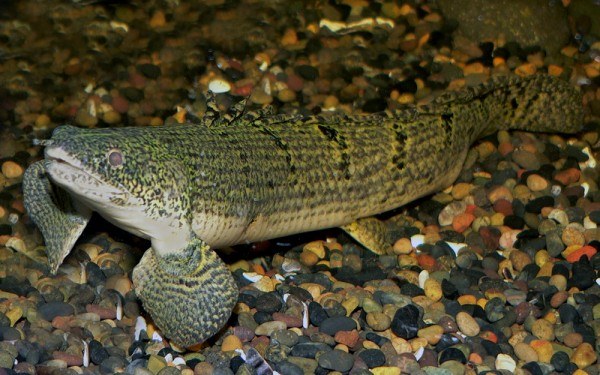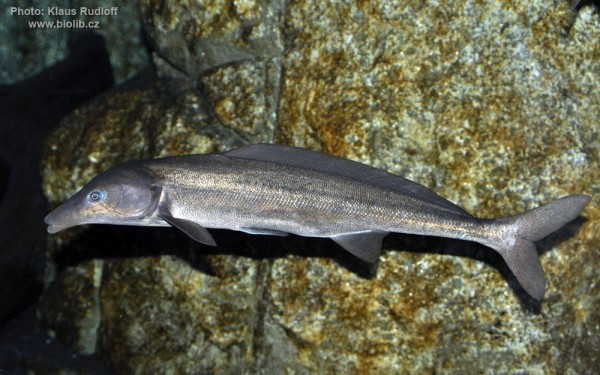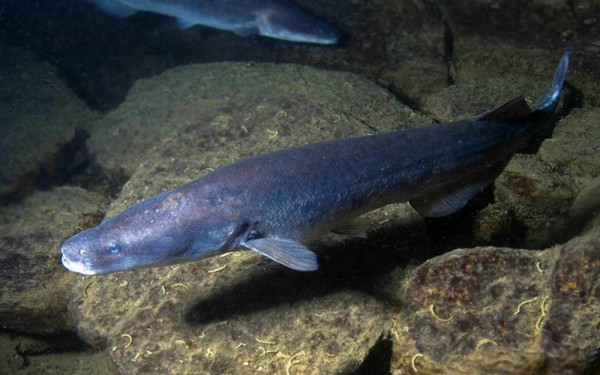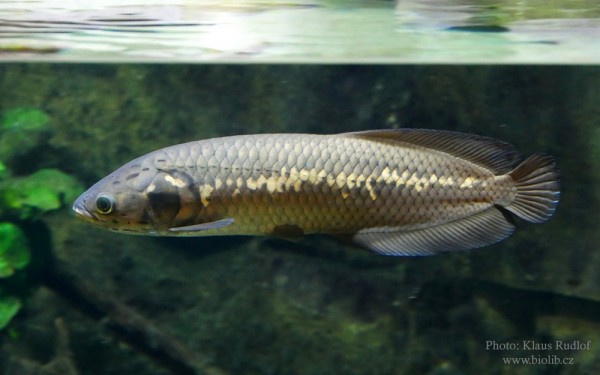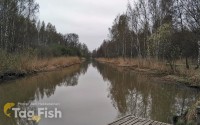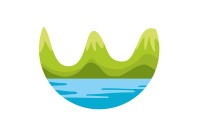Lualaba
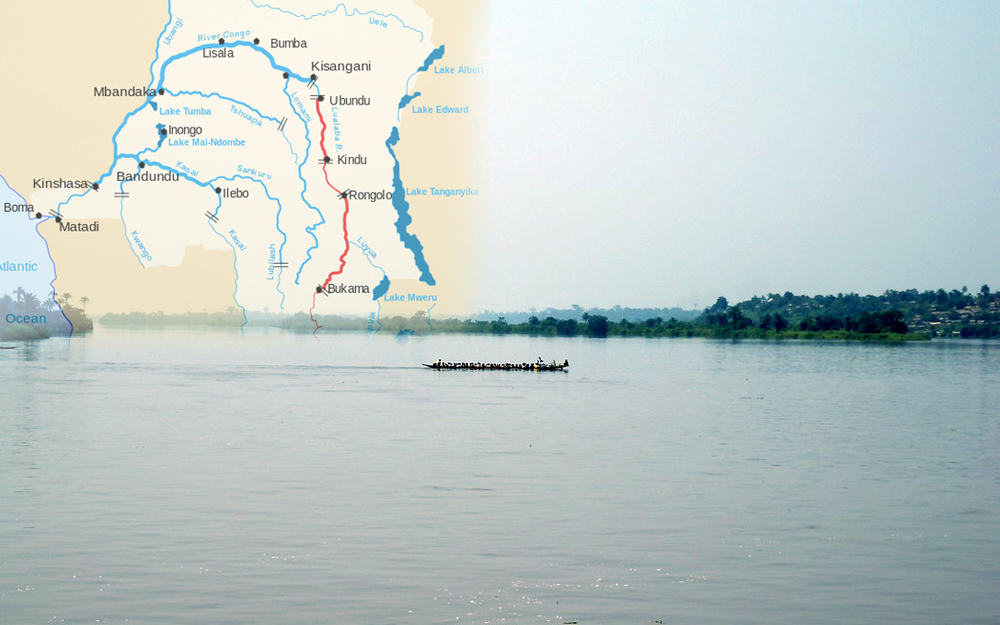
Siluriformes - Catfishes
Cypriniformes - Carps
Cichliformes - Cichlids
Characiformes - Characins
Ceratodontiformes - Lungfishes
Polypteriformes - Bichirs
Osteoglossiformes - Bony tongues
Siluriformes - Catfishes
Cypriniformes - Carps
Cichliformes - Cichlids
Characiformes - Characins
Ceratodontiformes - Lungfishes
Polypteriformes - Bichirs
Osteoglossiformes - Bony tongues
Siluriformes - Catfishes
Cypriniformes - Carps
Cichliformes - Cichlids
Characiformes - Characins
Ceratodontiformes - Lungfishes
Polypteriformes - Bichirs
Osteoglossiformes - Bony tongues
The Lualaba River flows entirely within the eastern Democratic Republic of the Congo. It is the greatest river source (headstream) of the Congo River by volume of water. The Lualaba is 1,800 kilometres (1,100 mi) long. The Chambeshi River is the longest river source (headstream) of the Congo.
Geography
The source of the Lualaba River is on the Katanga Plateau, at an elevation of 1,400 metres (4,600 ft) above sea level. The river flows northward to end near Kisangani, where the name Congo River officially begins.
From the Katanga Plateau it drops, with waterfalls and rapids marking the descent, to the Manika Plateau. As it descends through the upper Upemba Depression (Kamalondo Trough), 457 metres (1,499 ft) in 72 kilometres (45 mi). Near Nzilo Falls it is dammed for hydroelectric power at the Nzilo Dam.
At Bukama in Haut-Lomami District the river becomes navigable for about 640 kilometres (400 mi) through a series of marshy lakes in the lower Upemba Depression, including Lake Upemba and Lake Kisale.
Ankoro lies on the west bank of the Lualaba River, opposite its confluence with the Luvua River from the east. Some geographers call the combined river below this point the Upper Congo.
Below Kongolo, the river becomes unnavigable as it enters the narrow gorge of Portes d’Enfer (Gates of Hell). Between Kasongo and Kibombo, the river is navigable for about 100 kilometres (62 mi), before rapids make it unnavigable again between Kibombo and Kindu (Port-Empain). From Kindu up to the Boyoma Falls at Ubundu, the stream is navigable again for more than 300 kilometres. The Boyoma Falls or Stanley Falls are made up of seven cataracts, over a stretch of 100 kilometres (62 mi) of the river, between Ubundu and Kisangani. The river\’s end is marked after the seventh cataract, near Kisangani, where its name becomes the Congo River.
Parks
The Lualaba River serves as the northern and western boundary of Upemba National Park, protecting habitats on the Kibara Plateau in Katanga Province of the southeastern Democratic Republic of Congo.
Tributaries
The largest tributaries of the Lualaba River are:
Ulindi River
Luama River
Lukuga River — drains Lake Tanganyika.
Lufira River
Lubudi River
Luvua River
Elila River


